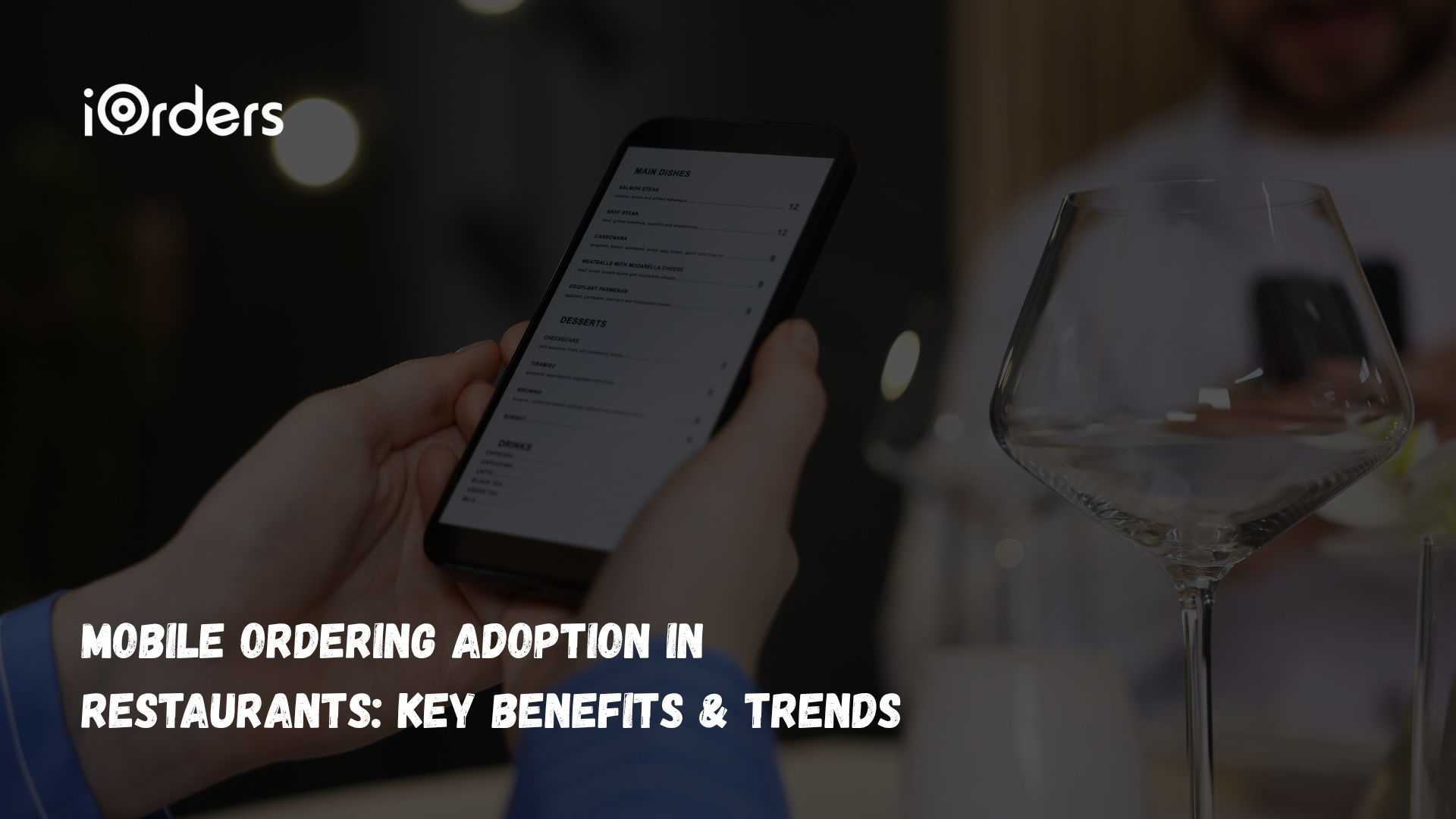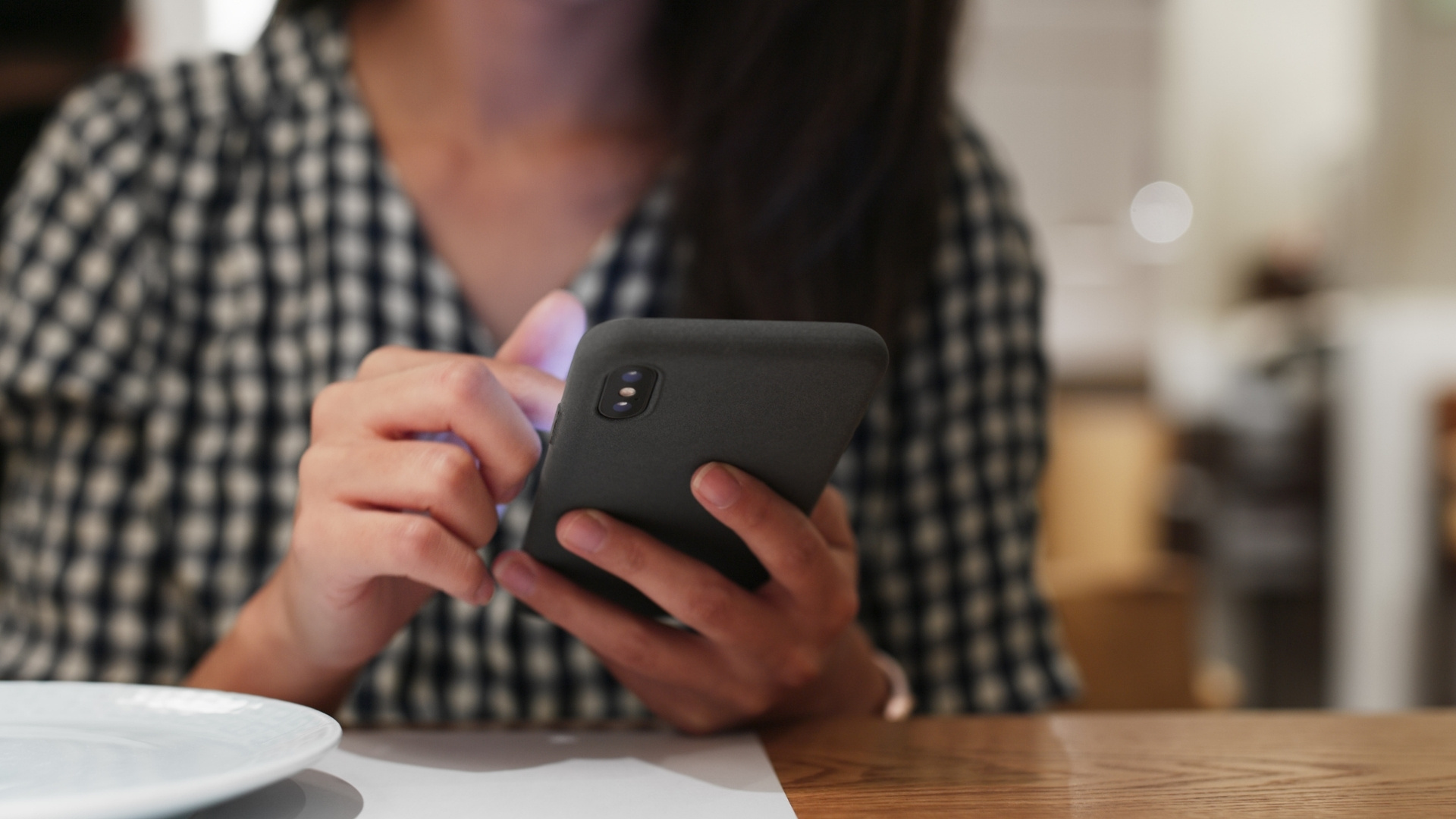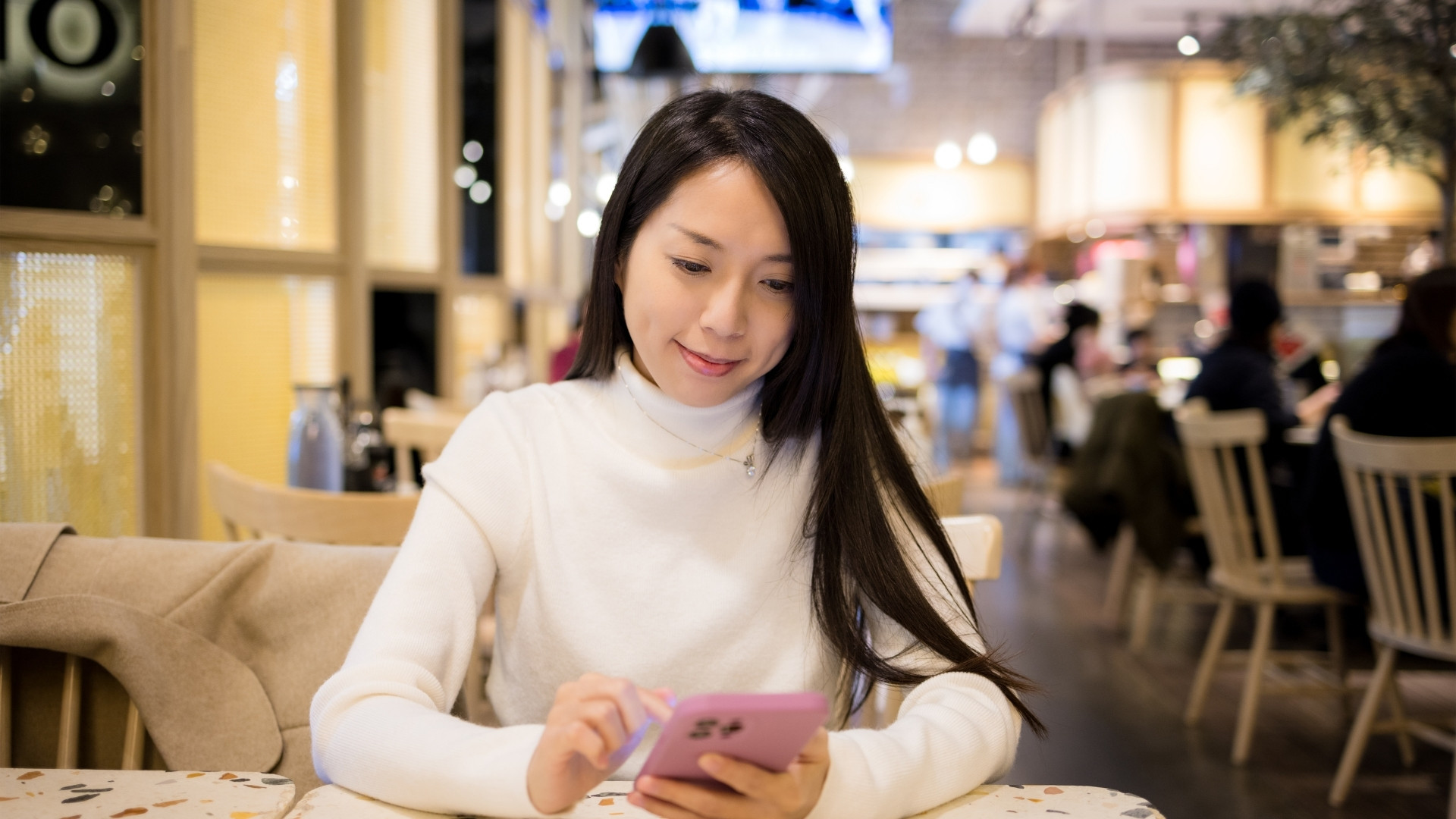November 13, 2025

Mobile ordering adoption continues to rise across restaurants of all sizes. Guests now expect to place orders from their phones for pickup or delivery, without waiting in line or calling in. For restaurants, this shift is becoming a standard part of daily service.
More restaurants are moving to mobile ordering platforms because they help manage orders more smoothly, reduce bottlenecks during peak hours, and improve accuracy. They also give restaurants direct access to customer data, making it easier to encourage repeat visits and build stronger loyalty.
This blog explains why this shift is happening, what it means for restaurant teams, and how to adopt mobile ordering practically and sustainably.
As more guests choose to order through their phones, the shift brings measurable advantages for restaurants. These benefits go beyond convenience and influence revenue, workflow, and customer loyalty.
Also Read: Top 15 Restaurant Apps for Business Owners in 2025.
Mobile ordering brings clear advantages for restaurants looking to handle orders more smoothly and retain more revenue. It supports both day-to-day service and long-term customer loyalty.

Key benefits include:
To support these benefits in daily operations, restaurants need tools that work together without adding extra steps. This leads to key tech considerations and current trends.
Recommended: 35 Best Restaurant Marketing Ideas for Success in 2025.
Technology is a key enabler for mobile ordering adoption at restaurants. The right integrations make the experience smooth for both guests and your team behind the scenes.
To support mobile orders effectively, your ordering system must connect cleanly with your point-of-sale (POS) setup. APIs help send order information, payment data, and inventory updates in real time between mobile apps and POS systems. This means your mobile orders align exactly with what you see in-store, reducing mistakes and double-handling.
Order options via QR codes and contactless interfaces are increasingly common. Guests scan a code at the table or pick-up, browse a menu, pay, and submit the order without a long wait or manual entry. These features also let you update menus in real time, adjust pricing or items on the fly, and integrate payment directly in the workflow.
Beyond basic ordering, restaurants are experimenting with features that tailor the experience. For example, digital menus might suggest items based on a guest’s past orders or the time of day. Some chains offer scheduling or time-slot ordering where guests pick a future slot for pickup or dine-in, smoothing rush periods. Integration of these sophisticated flows gives restaurants more control and stronger guest engagement.
These trends guide how restaurants build the customer experience. Now, let’s look at the main types of mobile ordering tools available.
Also Check: How Smart Restaurants Cut Food Costs and Boost Profits (Without Cutting Quality)
Restaurants choose mobile ordering tools based on how much control they want over menu visibility, customer data, and delivery. Each option supports different goals.

These are mobile apps built specifically for your restaurant. Guests download the app to browse the menu, place orders, earn rewards, and reorder past meals. This option works well for restaurants that already have steady traffic and want to encourage repeat visits. It keeps the brand familiar, so guests think of your restaurant first when they want to order again.
Guests scan a QR code at the table, on packaging, or on signage. They are taken directly to your menu on your website, where they can place an order for dine-in, pickup, or delivery.
This setup is fast to use, easy for guests to understand, and requires no app download.
It also helps your staff focus on preparing food rather than taking orders during rush periods. This is a core strength of iOrders, where restaurants can take direct orders from their website or QR code without paying commissions.
A white-label platform gives your restaurant its own branded ordering app and website, but the technology is provided and maintained by a partner. Your logo, menu, pricing, loyalty, and payment experience appear consistently across all ordering touchpoints.
You keep full ownership of customer data, and the provider handles system updates, security, and integrations. To get started, you can implement the iOrders White-Label Mobile App, which lets restaurants offer dine-in, pickup, and delivery ordering from a single branded location.
Apps like DoorDash, Uber Eats, and SkipTheDishes offer visibility and handle delivery logistics. However, these platforms include per-order commissions, and the customer relationship remains with the marketplace, not the restaurant. Many restaurants now keep marketplace listings only for discovery, and direct customers toward their own ordering channels for repeat business.
In this setup, mobile orders flow straight into the POS and kitchen printer or display system. This helps reduce mistakes and avoids staff re-entering orders during busy service. This option supports smoother kitchen timing and shorter wait times for guests.
While these options offer clear advantages, there are also practical factors to address before rolling out mobile ordering.
Also Read: Native vs Cross-Platform Apps: Which One Should You Choose?
Adopting mobile ordering is straightforward once systems are aligned, but restaurants should plan for a few practical setup and operational considerations.

These challenges don’t have to slow progress. A clear rollout plan can help the team adopt mobile ordering with confidence.
A structured rollout ensures mobile ordering becomes easy for both staff and guests. Start with a controlled launch, refine operations, then scale.
With thoughtful setup and ongoing monitoring, mobile ordering can deliver smoother service and stronger customer connections.
Mobile ordering adoption continues to grow because it meets both guest expectations and operational needs. It streamlines order handling, supports repeat business, and gives restaurants more direct control over customer relationships. With the right setup, it becomes a natural part of the dining experience, without adding extra workload.
For restaurants looking to offer branded mobile and QR ordering without commissions or complex setup, iOrders provides a white-label solution that connects directly to your menu, payment flow, and order fulfillment process. It supports dine-in, pickup, delivery, and loyalty programs in one unified system.
Want to see how it would work for your restaurant? Schedule a quick walkthrough with our team today!
1. What is mobile ordering adoption in restaurants?
Mobile ordering adoption refers to restaurants offering ordering and payment through apps, websites, or QR codes. It allows guests to browse menus, customize items, and complete transactions directly from their phones.
2. Does mobile ordering work for dine-in as well as pickup and delivery?
Yes. Many restaurants use QR codes for dine-in ordering and allow guests to choose pickup or delivery for off-premise orders. The same menu system can support multiple service modes.
3. Will mobile ordering increase operational complexity?
It can simplify operations when integrated correctly. Orders flow directly to the POS or kitchen display system, reducing manual entry and helping staff focus on prep and service.
4. Is a restaurant required to build its own mobile app?
Not necessarily. Restaurants can use website-based ordering, QR menus, or a white-label ordering platform (like iOrders) to offer a branded experience without building technology from scratch.
5. What results should restaurants expect after adopting mobile ordering?
Most restaurants see more repeat ordering, higher average check values from natural add-ons, improved order accuracy, and reduced staff pressure during peak periods.